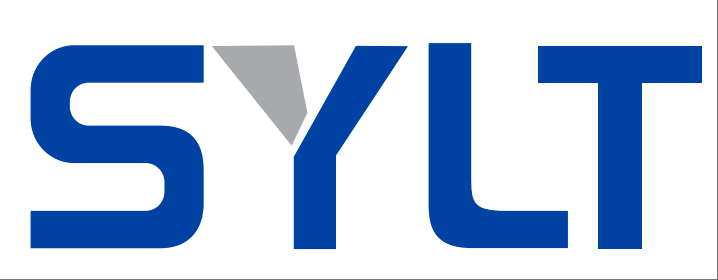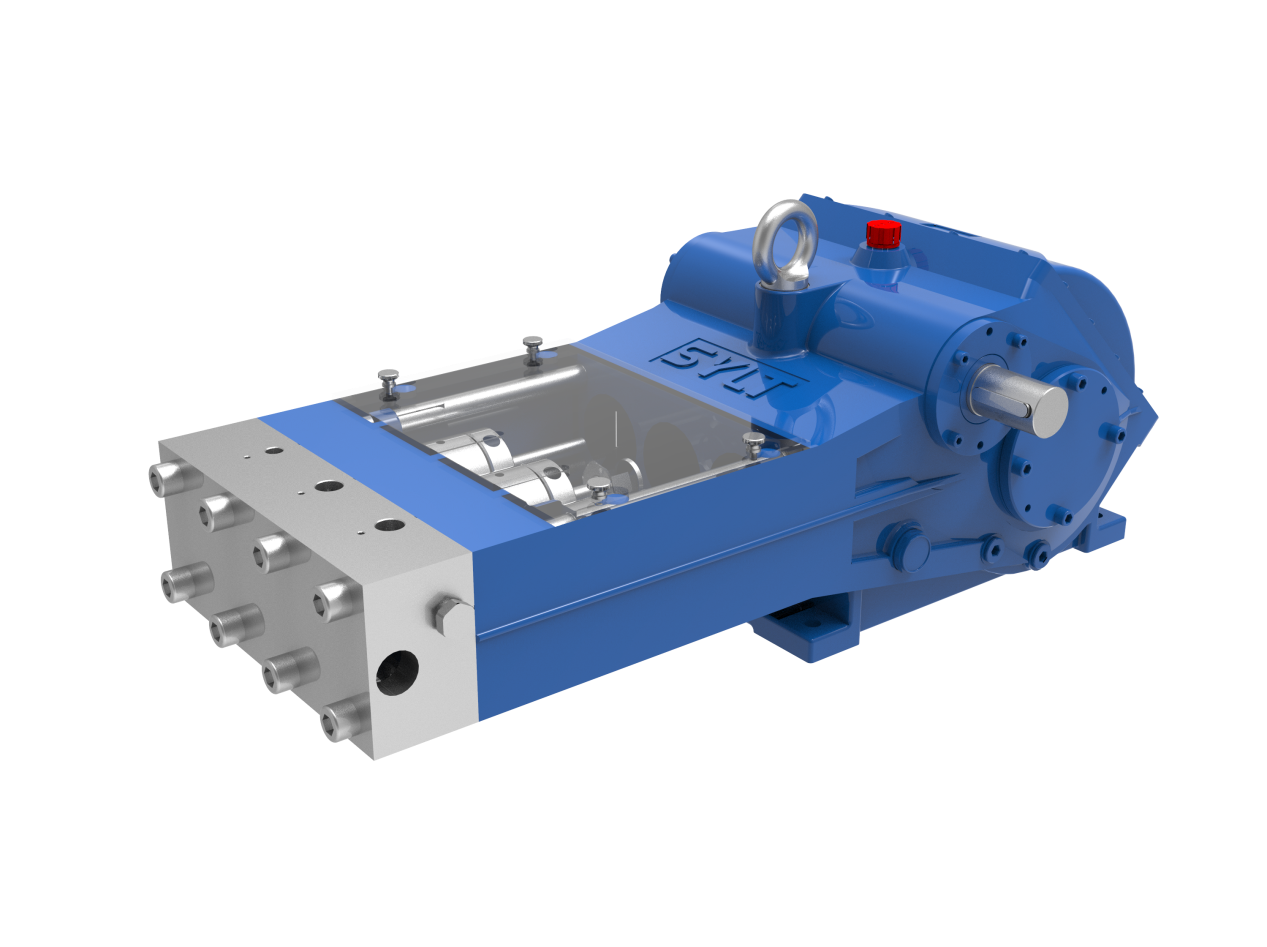The structural differences of valve groups in high-pressure plunger pumps directly affect their performance, efficiency, and application scenarios. The following is a detailed analysis of different valve group structures:
1. Basic Function of Valve Groups
Valve groups are the core components of plunger pumps, responsible for controlling the unidirectional flow (suction and discharge) of liquid during the reciprocating motion of the plunger. Their key performance characteristics include:
- Sealing: Prevents backflow of high-pressure liquid.
- Response Speed: Rapid opening and closing to reduce pressure pulsation and energy loss.
- Durability: Withstands high-frequency impact, high pressure, and media corrosion.
2. Common Valve Group Structures and Characteristics
(1) Plate Valve (Flat Plate Valve)
- Structure: The valve core is a disc or flat plate, pressed against the valve seat by a spring.
- Advantages:
- Simple structure, low manufacturing cost.
- Suitable for medium and low-pressure scenarios (such as lubrication systems).
- Disadvantages:
- Leakage due to wear of the sealing surface is prone to occur under high pressure.
- Slower opening and closing response, prone to pressure pulsation.
(2) Cone Valve
- Structure: The valve core is conical, forming a line seal with the valve seat.
- Advantages:
- Excellent sealing performance, high-pressure resistance (commonly used in petroleum, ultra-high-pressure water jet cutting).
- Flow rate and opening/closing speed can be optimized through cone angle design.
- Disadvantages:
- High processing precision is required, and the cost is higher.
- Sensitive to the cleanliness of the medium; particles easily scratch the sealing surface.
(3) Ball Valve
- Structure: The valve core is spherical, controlling the on/off state through rotation or lifting.
- Advantages:
- Fast opening and closing speed, large flow rate (suitable for high-flow scenarios).
- Good wear resistance (e.g., ceramic ball valves are used for media containing particles).
- Disadvantages:
- The spherical valve core is prone to deformation under high pressure, reducing sealing performance.
- Complex structure, requiring a precise guiding mechanism.
(4) Slide Valve
- Structure: The valve core controls the opening and closing of the flow passage through axial sliding.
- Advantages:
- Proportional regulation can be achieved through hydraulic or electromagnetic control (such as variable pumps).
- Suitable for scenarios requiring dynamic flow control.
- Disadvantages:
- Poor sealing performance, high leakage risk under high pressure.
- Extremely high requirements for oil cleanliness.
(5) Combination Valve (e.g., Cone Valve + Buffer Structure)
- Structure: A buffer groove or damping hole is added on the basis of the cone valve.
- Advantages:
- Reduces valve core impact and noise, extending service life.
- Suitable for ultra-high pressure (e.g., water jetting above 250 MPa).
- Disadvantages:
- Complex design, high maintenance cost.
3. Application Scenarios of Different Structures
- Petroleum Industry: Cone valves are mostly used (high-pressure resistance, corrosion resistance), such as fracturing pumps.
- Water Jet Cutting Equipment: Combination cone valves or cone valves with buffers (to cope with ultra-high-pressure pulses).
- Chemical Process Pumps: Ball valves or ceramic valves (corrosion resistance, particle abrasion resistance).
- Hydraulic Systems: Slide valves (dynamic flow regulation required) or plate valves (low-cost requirements).
4. Key Selection Factors
- Pressure Level: High pressure (>100 MPa) preferably cone valves or combination valves.
- Medium Characteristics:
- Media containing particles: Cemented carbide or ceramic valves.
- Corrosive media: Stainless steel or coated valves.
- Flow Rate Requirements: Ball valves or slide valves can be selected for high-flow rate scenarios.
- Service Life and Maintenance: Cone valves have a long service life but complex maintenance; plate valves are easy to replace but require frequent maintenance.
5. Development Trends
- Material Innovation: Such as silicon carbide, diamond coating to improve wear resistance.
- Intelligent Control: Electro-hydraulic proportional valves achieve precise flow and pressure regulation.
- Integrated Design: The valve group and pump body are integrated to reduce leakage points.
By reasonably selecting the valve group structure, the efficiency, reliability, and economy of the plunger pump can be significantly optimized. In practical applications, a comprehensive evaluation should be carried out in combination with operating parameters (pressure, medium, flow rate) and cost budget.
The 17th China International Powder Metallurgy and Hard Alloy Exhibition
The 2025 17th China International Powder Metallurgy and Hard Alloy Exhibition from March 10-12, 2025, at the Shanghai World Expo Exhibition and Convention Center, Hall H1, B425. We welcome guests to visit.
"Private custom" product design, reliable and durable finished products
"Private custom" like product design, reliable and durable finished products, professional and timely after-sales service. It is the "three basic concepts" that the company adheres to from the beginning until today ".
Experienced market research team, independent product development concept
We have experienced mature market research team, independent product research and development concept, professional design and manufacturing technology so that the company's products can be adjusted according to the specific requirements of customers timely design







